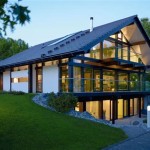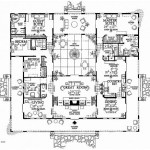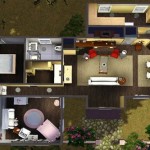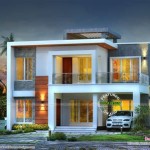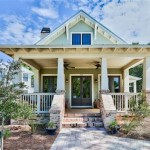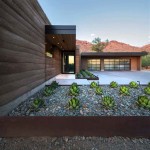Sloped Roof Cabin Plans: A Guide to Designing Your Dream Retreat
A sloped roof cabin offers a timeless and charming aesthetic, seamlessly blending into natural landscapes. Their design, characterized by angled roofs that ascend from the walls, not only provides a visually appealing exterior but also offers functional advantages. This article explores the world of sloped roof cabin plans, outlining key considerations for designing your dream retreat.
Types of Sloped Roofs
Understanding the different types of sloped roofs available is crucial for making informed decisions about your cabin design. Here are some common options:
- Gable Roof: This classic design features two triangular slopes meeting at the ridge, creating a simple and sturdy structure. Its simplicity makes it a cost-effective option.
- Hip Roof: With four slopes that meet at the corners, the hip roof is known for its strength and resistance to wind damage. It also offers more usable attic space.
- Gambrel Roof: Characterized by two slopes on each side, the gambrel roof provides ample attic space, making it practical for those seeking storage or additional living areas.
- Mansard Roof: Similar to the gambrel roof, the mansard roof features steep lower slopes and shallower upper slopes. This style adds visual interest and provides more attic space.
- Skillion Roof: A single sloping plane, the skillion roof is often used for additions or smaller structures.
The choice of roof type depends on your desired aesthetic, budget, and the functionality of your cabin. Consider the amount of living space you require, the climate in which the cabin will be built, and the overall design scheme. A gable roof, for instance, may be perfect for a simple and affordable cabin, while a gambrel roof might be better suited for a larger cabin with a need for extra living space.
Benefits of Sloped Roof Cabin Plans
Beyond their visual appeal, sloped roof cabin plans offer a range of practical benefits:
- Enhanced Durability: Sloped roofs effectively shed snow and rain, minimizing the risk of water damage and reducing the need for extensive maintenance. The slope also helps channel water away from the foundation, protecting against erosion and moisture issues.
- Increased Natural Light: The angled design of a sloped roof allows for optimal natural light penetration, creating a bright and airy interior. Large windows placed under the slopes can maximize the amount of sunlight entering the cabin, reducing reliance on artificial lighting.
- Versatility in Design: The versatility of sloped roofs allows for diverse architectural styles and customizations. From rustic to modern, you can adapt the slope, materials, and details to create a design that perfectly reflects your vision.
- Potential for Additional Living Space: Depending on the type of sloped roof chosen, the attic space can be converted into additional living areas, bedrooms, or storage spaces, adding valuable square footage to your cabin.
Key Considerations for Planning
Designing a sloped roof cabin requires careful consideration of several factors:
- Climate: The climate in which your cabin will be built is a crucial factor. In areas with heavy snowfall, a steeper slope is recommended to facilitate snow runoff. In milder climates, a shallower slope could be more suitable.
- Building Codes: Always research and comply with local building codes and regulations. Codes may dictate the minimum slope required for your roof, as well as the materials used for construction.
- Material Choice: The materials used for roofing can significantly impact the aesthetics and functionality of your cabin. Popular choices include wood shingles, metal roofing, and asphalt shingles. Consider the durability, maintenance requirements, and cost of each option.
- Ventilation: Adequate ventilation is essential for a sloped roof to prevent moisture buildup and potential damage. Ensure your plan includes appropriate ventilation systems, such as soffit vents, ridge vents, or gable vents.
- Insulation: Insulation is crucial for energy efficiency and comfort, especially in colder climates. Consider using appropriate insulation materials in the roof and walls to regulate temperature and reduce energy consumption.
Sloped roof cabin plans offer a blend of charm, functionality, and durability. By understanding the various types of sloped roofs, the benefits they offer, and the key considerations involved in designing your cabin, you can embark on a journey to create a retreat that perfectly blends into the natural surroundings and serves as a haven for relaxation and enjoyment.

Simple Cabins Built By Their Owners

Elevated Cabin Plans

Small Slanted Roof Modern Cabin Shed Design Tiny House Loft Summer

Slanted Single Pitch Shed Roof House Plans Floor

Lean To Cabin Plans 12x20 Tricityshedplans

Single Sloped Roofs Ramp Up Modern Homes

16 Examples Of Modern Houses With A Sloped Roof

16 Examples Of Modern Houses With A Sloped Roof

9 10 Slant Roof Storage Shed Plans

Single Sloped Roofs Ramp Up Modern Homes

